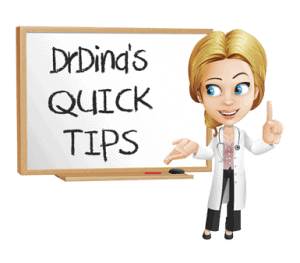Weaning off a soother can be a stressful time for parents and toddlers. Here’s some helpful age-appropriate tips to get them to go without:
Late this summer Harper Beckham (Victoria and David Beckham’s daughter) was spotted using a pacifier (or a soother as we would call it in Canada). She was 4 years old, and this caused a lot of controversy. I commend David Beckham for lashing out at all the negative comments. He posted this on Instagram:
“Why do people feel they have the right to criticize a parent about their own children without having any facts? Everybody who has children knows that when they aren’t feeling well or have a fever you do what comforts them best and most of the time it’s a pacifier so those who criticize think twice about what you say about other people’s children because actually you have no right to criticize me as a parent…” (sic)
He’s right. As parents, haven’t we all been in the situation where we are doing something that we know isn’t perfect? Deliberately taking away a child’s comfort object is a hard transitional time for any parent.
As children age, the risks of using a soother start to outweigh the benefits. There are risks of dental problems, and from a social perspective, it becomes harder on the child with the soother (if they are using it in public). If the other 4-year-olds aren’t using soothers, and one child is, the one child will not be talking as much and the other children may view him or her as acting like a “baby.”
Most children start to self-wean around age 2-4; others need some parental help to break the habit. Dental Associations in North America state that sucking (thumb or soother) should be absolutely stopped prior to adult teeth coming in. So if your 4 year old is still using a soother and you are judged – be strong like Beckham and then figure out a plan to help wean your little one off it in a way that both you and your child are comfortable with!
Here are some suggested age appropriate tips to help make the transition when you and your child are ready to begin weaning off a soother:
Younger children – try to replace the soother with cuddling, rocking, or swinging.
Toddlers – offer a little security blanket, toys, or other activities to try to distract them from the lack of soother in their mouth.
Older toddlers – Sometimes it is necessary to actually have a “burial” for the soother to say goodbye to it. At this age, the child may also understand a lesson from the dentist about what the use of the soother is going to do to their teeth long-term, so don’t hesitate to enlist your dentist’s help if necessary!

Quick tips:
- Soothers offer benefits to infants and young children
- Most children self-wean around age 2-4
- If you need to help your children get rid of the soother do so in a way that is age appropriate and works for your family
- Don’t judge other parents – you just never know!










